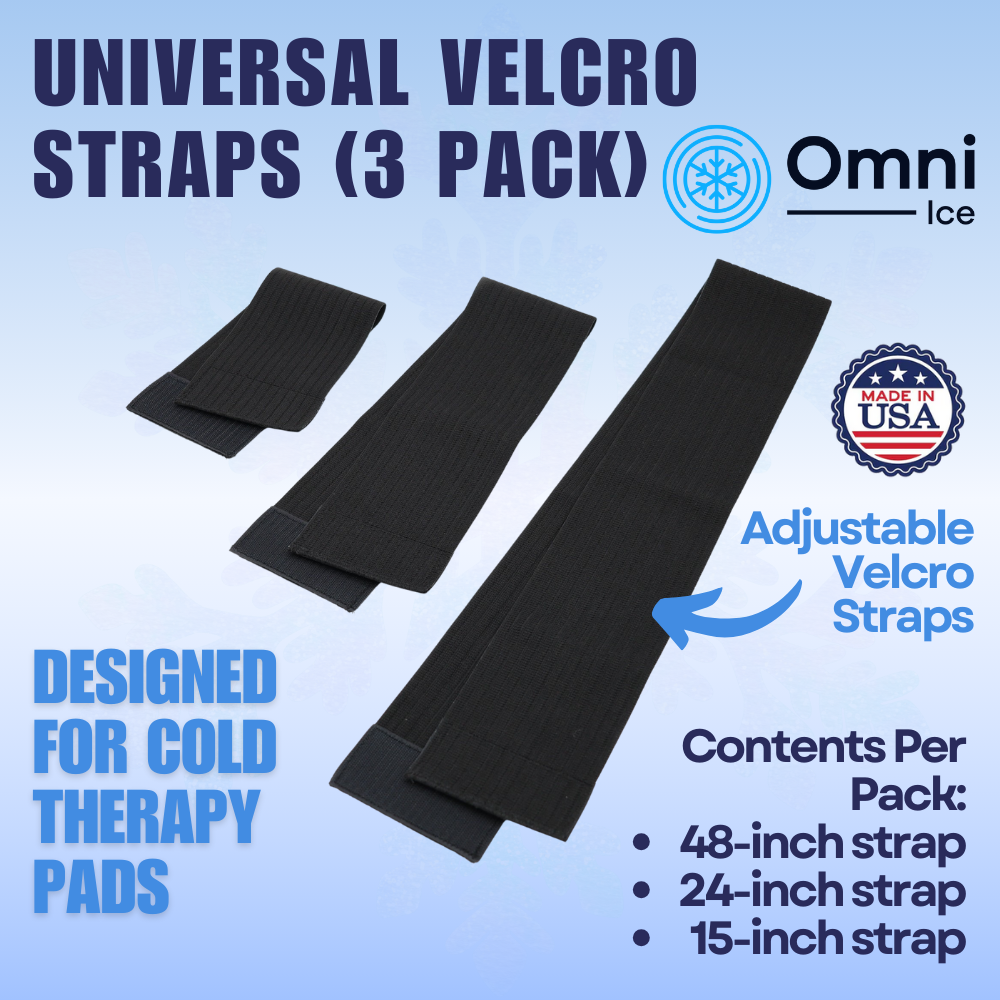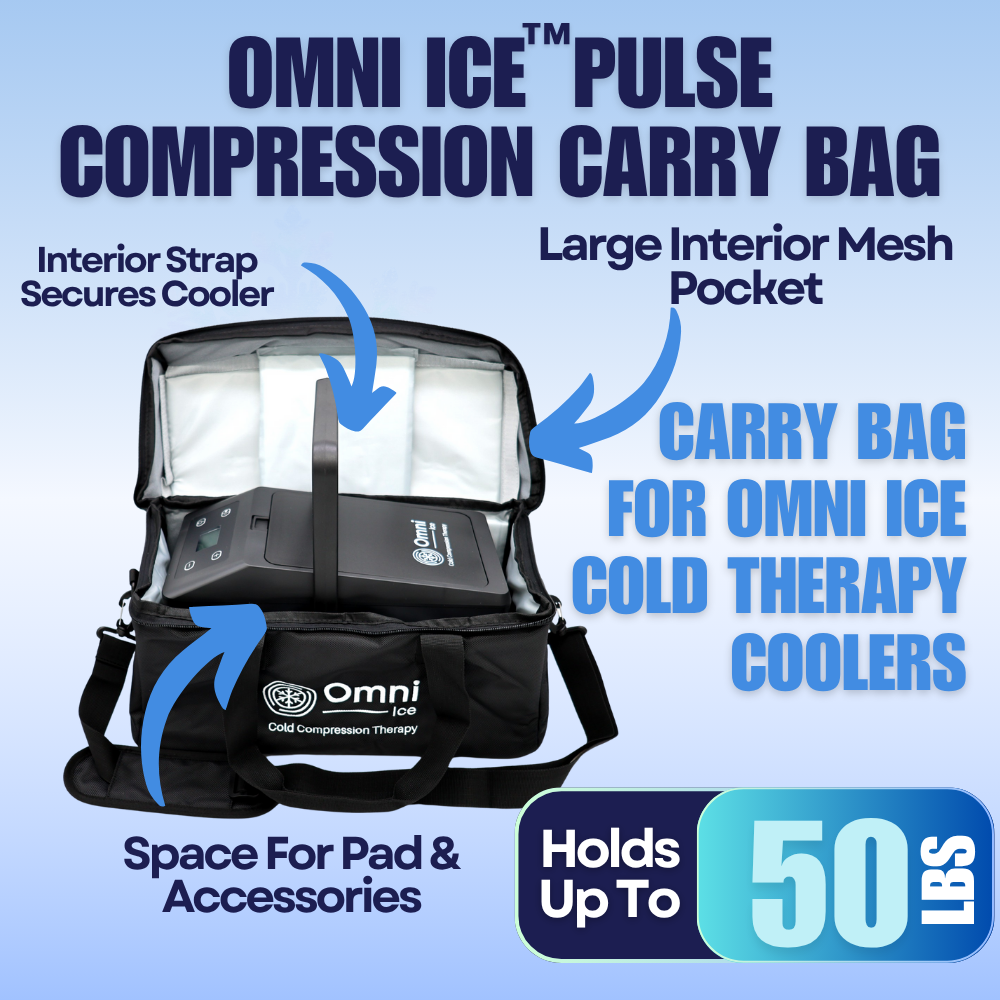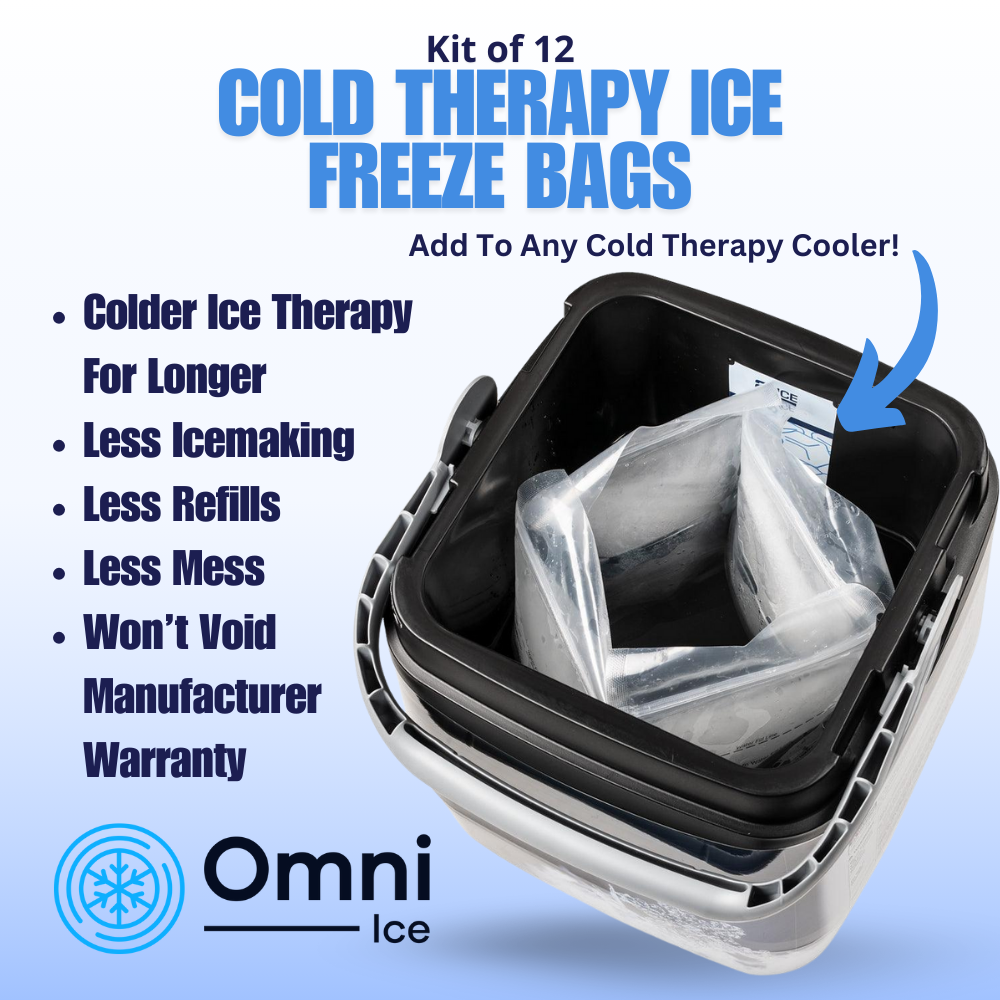Reclaim Your Independence: How to Get In and Out of Your Car Safely After Surgery
Surgery can sideline you, but getting back behind the wheel is a major milestone in your recovery. The challenge? Even getting in and out of a car can feel like an obstacle course after knee, hip, or ankle surgery.
In fact, a study published in JAMA Surgery revealed that 25.0% of patients experienced one or more adverse postoperative outcomes within a year following surgery. This statistic highlights the importance of proper post-operative care and following safety guidelines, especially when it comes to mobility and activities like getting in and out of a car.
Here's how to make car transfers smoother, safer, and pain-free so you can reclaim your independence faster.
The Reality of Post-Surgery Mobility
For many men, the road to recovery after surgery can be a humbling experience. Take Paul Jenkins, for example. After undergoing a robotic prostatectomy, Paul found himself facing unexpected challenges. "It felt odd discussing such intimate things about myself with the team at first, but they made me feel so comfortable and open," he recalls. Like Paul, many men find that the physical limitations following surgery can be both physically and mentally taxing.
Why Car Transfers After Surgery Are Tougher Than You Think
Limited Mobility
Surgery restricts how much you can bend, twist, and move, making a simple motion like swinging your leg into a car surprisingly difficult.
Pain and Discomfort
Post-op soreness means even minor movements can feel like a big deal, and the wrong move could lead to re-injury.
Balance Issues
Medications, muscle weakness, and pain affect stability—making stepping into or out of a car a potential fall risk.
Risk of Setbacks
A wrong move can strain your healing joint or incision site, delaying your recovery timeline.
The Game-Changer: Car Handle Assist Devices
Enter the car handle assist device—a small, portable tool that gives you the extra stability and leverage you need. Think of it as a solid grip on your freedom, helping you transfer in and out of your car without relying on a buddy.
How It Helps:
✅ Reduces Strain – Provides leverage to take stress off your joints. ✅ Improves Stability – Minimizes the risk of losing balance or falling. ✅ Boosts Confidence – Removes the fear of struggling, making you feel more in control.
Choosing the Right Car Handle Assist Device
Not all assistive devices are created equal. Here's what to look for:
✔️ Ease of Use – Should be easy to install and remove, especially if you're using it multiple times a day. ✔️ Comfortable Grip – A secure, ergonomic handle that fits your hand size and strength. ✔️ Portability – Lightweight and compact enough to toss in the glovebox when not in use. ✔️ Bonus Features – Some come with emergency tools like a seatbelt cutter and window breaker—extra peace of mind for the road ahead.
Beyond the Device: Essential Safety Tips for Car Transfers
Even with the best tool, technique matters. Follow these strategies to avoid setbacks:
1. Master the Right Technique
Work with an occupational therapist to learn safe movement patterns. Example: Sit down first, then pivot your legs into the car rather than stepping in one leg at a time.
2. Manage Your Pain Beforehand
Plan your car outings when pain meds are active to minimize discomfort.
3. Start Small, Build Up
Short trips first—don’t rush into long drives until you feel fully comfortable.
4. Watch Your Step
Slippery driveways, uneven pavement, or wet parking lots? Take it slow and scan your surroundings.
The Importance of Mental Preparation
Physical recovery is just one part of the equation. Ben Jenkins, who underwent prostate cancer surgery at 36, emphasizes the mental aspect of recovery. "The recovery was tough, both physically and mentally. It was much harder than I expected," he shares. Ben's experience underscores the importance of mental preparation and support during the recovery process.
Taking the Wheel With Confidence
Whether it's a trip to the store or your first drive post-surgery, getting back into your car safely is key to regaining independence. A car handle assist device isn't just a tool—it's a confidence booster that gets you moving safely and smartly.
The Road to Recovery: Inspiring Stories
Mike Rodgers, another prostate cancer survivor, demonstrates the power of determination in recovery. Just 16 weeks after his surgery, Mike completed a triathlon. "Returning to that first triathlon was the most important and treasured race of my entire life," he says. While not everyone needs to aim for a triathlon, Mike's story shows that with the right attitude and support, significant milestones can be achieved.
Consult your healthcare provider before resuming driving to ensure you're road-ready.
🚗 Ready to reclaim your independence? Start with safer car transfers today. 🚗
Remember, recovery is a journey, not a race. As Paul Jenkins puts it, "I keep getting little wins back in life, like being able to go away golfing for the weekend with my best mate, or sit with the guys at work and talk about our health in a meaningful way. It feels really good." Each safe car transfer is one of those little wins on your path to full recovery.









